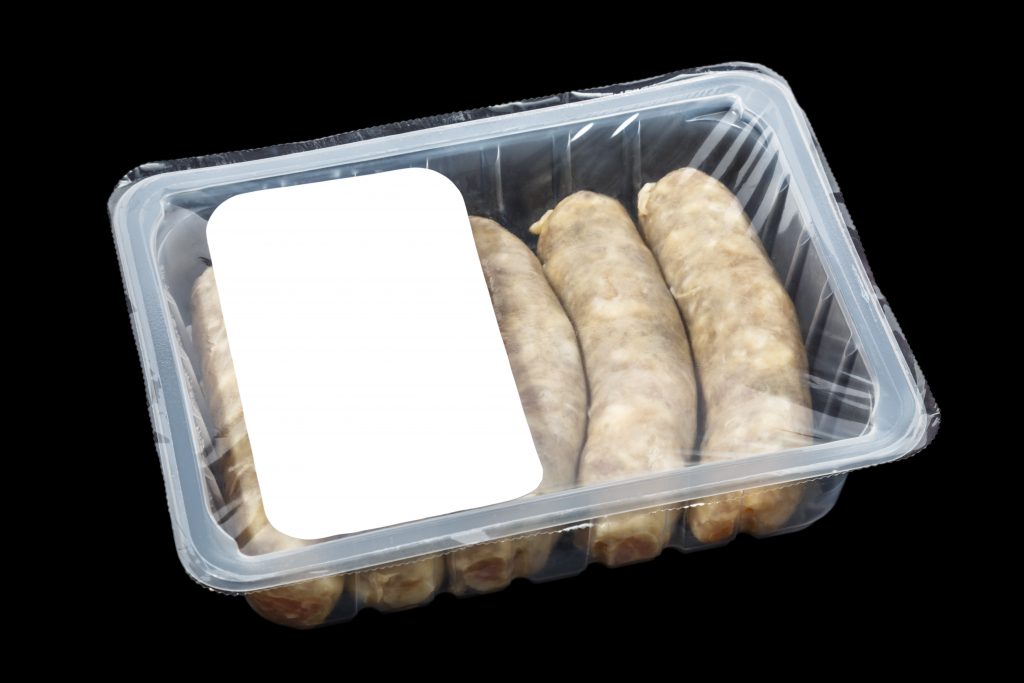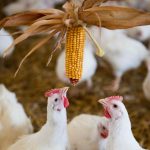Project to reduce CO2 in packed meat products
With a shortage in food grade carbon dioxide (CO2) affecting meat businesses, Campden BRI has launched a project for reducing CO2 concentration in modified atmosphere packed (MAP) foods.
Three MAP packed foods will be included in the study and chosen by the club members, but these could include meat items such as ready-to-eat cured sliced meat, ready-to-eat uncured sliced meat and raw meat/chicken.

Sausages in modified atmosphere packaging (MAP).
This will allow them to make judgements on pack shelf life that are based on scientific data.
Dr. Roy Betts, head of microbiology, Campden BRI, said: “We have been inundated with enquiries from companies across industry asking how the carbon dioxide shortage will affect their products – in particular, the effect that a reduced level of carbon dioxide in MAP will have on shelf life.
“There is very little information available on the effects of reducing or eliminating the packing gas CO2 on the shelf life of food.
“Manufacturers have either had to continue using the concentration of CO2 needed for their established shelf life with the risk of running out, or reduce or eliminate CO2 and estimate the effect of this on shelf life.
The project will investigate the effects of different mixes of carbon dioxide and nitrogen on spoilage-related shelf life – ranging from 100% nitrogen to 70% nitrogen/30% carbon dioxide.
Betts continues: “Estimating shelf life could lead to the food ‘spoiling’ before the end of life (if the estimated life is too long) or valuable shelf life being wasted (if the estimated life is too short).
“We have responded by launching this club project so manufacturers can base their decisions on scientific evidence.”

 Nestlé signs up to meat chicken welfare pledge
Nestlé signs up to meat chicken welfare pledge AHDB appoints new Beef & Lamb strategy director
AHDB appoints new Beef & Lamb strategy director
